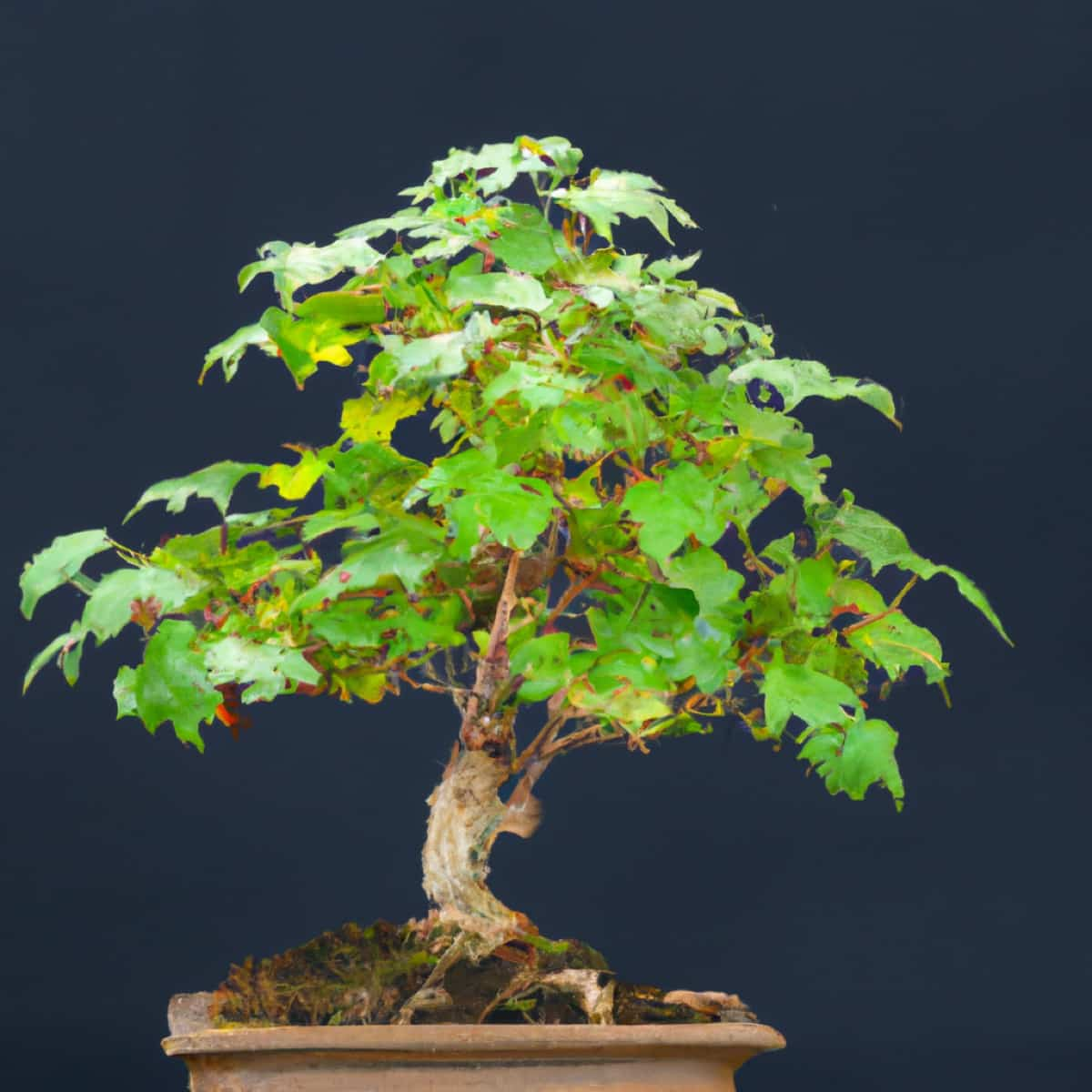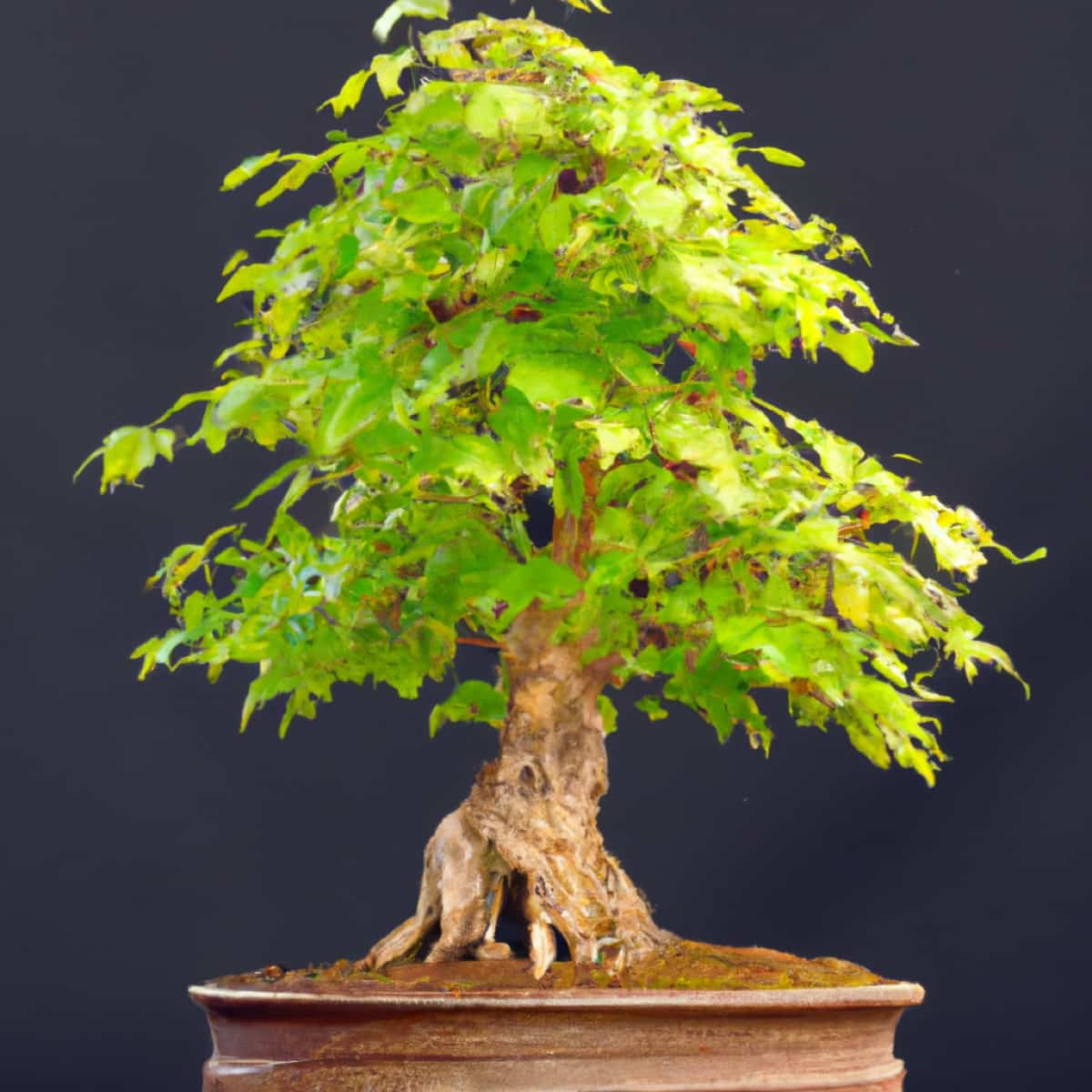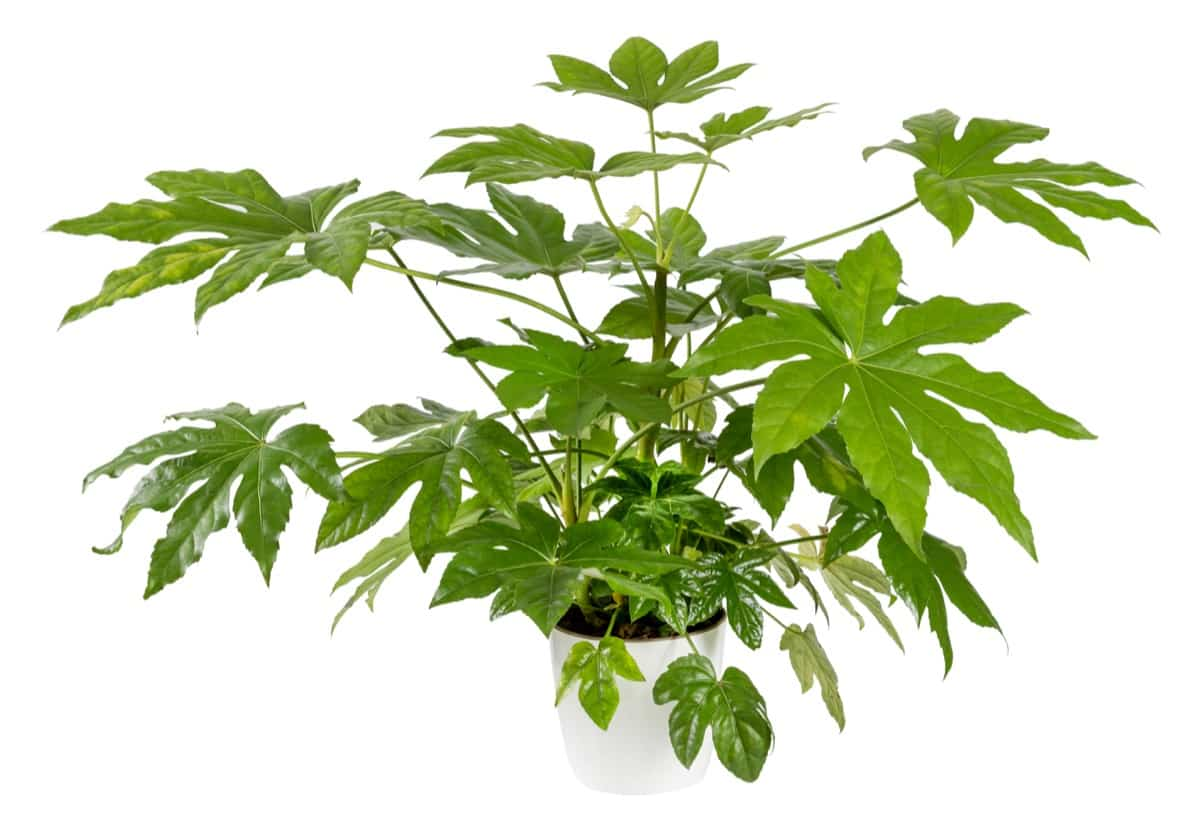The mesmerizing beauty of an Aralia bonsai tree is a delightful sight for any plant lover. These miniature trees bring nature indoors, transforming your space into a serene oasis. The Aralia bonsai plant can be grown indoors or outdoors, depending on your climate and the specific care requirements of the plant. In this article, we will delve into the intricacies of Aralia bonsai cultivation, from planting instructions to essential care tips. We will also address the frequently asked question, “How do you care for an Aralia bonsai tree?”

How to Grow and Care for Aralia Bonsai
How to Plant Aralia Bonsai Indoors
Growing an Aralia bonsai indoors requires careful attention to the plant’s natural preferences. Aralia trees thrive in bright, indirect sunlight and moderate temperatures. To begin planting, select a suitable container that allows for adequate drainage. Place a layer of stones or broken pottery at the bottom for extra drainage.
Next, fill the container with an appropriate soil mix, leaving space for the root ball of the Aralia bonsai. Make a hole in the center, place your tree, and gently cover the roots with additional soil. Ensure the plant is securely positioned but avoid compacting the soil too much, which may restrict water flow and root growth.
Step-by-step Guide for Growing Aralia Bonsai From Seeds
Growing an Aralia bonsai from seeds is a fascinating process. Start by soaking the seeds in lukewarm water for about 24 hours to enhance germination. After this, prepare a seed tray filled with a good-quality bonsai soil mix. Sow the seeds on the surface, pressing them gently into the soil, and then cover the tray with a transparent lid to create a greenhouse effect.
Position the tray in a warm, sunny area, but shield it from direct sunlight. Ensure the soil remains moist, not overly wet. Patience is key in this process, as germination can take several weeks. Once the seedlings are big enough to handle, they can be carefully transplanted into individual pots.
Essential Care Tips for Aralia Bonsai Trees
Aralia bonsai trees require consistent care to maintain their health and aesthetic appeal. Watering is necessary, but avoid excessive watering to prevent root rot. The watering frequency will depend on temperature, light, and pot size. Provide your bonsai with sufficient indirect sunlight to promote healthy growth. Furthermore, it’s vital to maintain a consistent temperature as sudden changes can stress the plant. Regularly cleaning the leaves with a soft cloth can help the plant breathe better, enhance photosynthesis, and prevent disease.
Best Soil Mix for Aralia Bonsai
The right soil mix for Aralia bonsai can dramatically influence the plant’s health. A well-draining soil mix that retains some moisture yet allows excess water to drain off quickly is ideal. A balanced blend of akadama, pumice, and lava rock in equal proportions is a suitable mix. The granular nature of these components prevents water-logging and ensures the roots have access to air, which is essential for a healthy bonsai.
Pruning Techniques for Maintaining Aralia Bonsai Shape
Pruning your Aralia bonsai is crucial for maintaining its miniaturized shape. The best time to prune is during the growing season. Use a sharp pair of bonsai shears to remove unwanted growth and help the tree maintain its shape. Be mindful not to cut into the tree’s trunk, making a wound susceptible to infections. Remove only a small portion of the tree’s foliage at a time, allowing it to recover before the next pruning session.
Watering Schedule for Aralia Bonsai in Different Seasons
The watering needs of an Aralia bonsai vary with the change in seasons. During warmer months, the tree will require more frequent watering, perhaps daily, to compensate for increased evaporation. Conversely, watering can be reduced during the colder months as the soil will take longer to dry out. Always check the soil’s moisture level before watering. If the top layer feels dry, it’s time to water. But if it’s still damp, wait a while before watering.
In case you missed it: How to Grow and Care for Pachira Bonsai: Planting, Repotting, and Pruning

Preventing and Treating Common Pests and Diseases in Aralia Bonsai
Aralia bonsai trees, like any other plants, are susceptible to pests and diseases. Common pests include scale, mealybugs, and aphids. A preventive approach is the best strategy, involving regular inspection of your bonsai for any signs of pests or disease. If you detect a problem early, it’s easier to manage. Insecticidal soap or neem oil can effectively deal with most pest problems. Diseases often stem from poor plant care, so ensure your bonsai gets the right water, light, and nutrients.
Creating a Suitable Environment for Aralia Bonsai Growth
An optimal environment is key for the healthy growth of your Aralia bonsai. These trees prefer bright, indirect sunlight. Direct, harsh sunlight can burn the leaves, so shield your bonsai if you place it by a south-facing window. Aralia trees like moderate temperatures and high humidity. Use a tray of water and pebbles under your bonsai to control humidity.
Fertilizing Requirements for Healthy Aralia Bonsai Trees
Aralia bonsai trees need a balanced fertilizer to thrive. Look for a fertilizer with equal proportions of Nitrogen, Phosphorus, and Potassium. During the growing season, fertilize your bonsai every two weeks. Reduce this frequency during the dormant winter months, when the tree’s growth slows. Always water your bonsai before applying fertilizer to avoid root burn.
Transplanting Aralia Bonsai: When and How to Do It
Transplanting your Aralia bonsai is a crucial step in ensuring its longevity. This process refreshes the soil, provides more room for root growth, and prevents the tree from becoming root-bound. The best time to transplant is early spring, just before the new growth begins. Take the tree out of its pot and trim about one-third of the roots. Transfer it to a new pot with fresh soil, making sure it sits at the same height as before. After transplanting, water thoroughly and keep the tree in a shaded location for a few weeks to recover.
Understanding the Repotting Needs of Your Aralia Bonsai
The significance of repotting in the lifecycle of an Aralia bonsai tree cannot be overstated. Repotting serves to renew the soil and provide the tree with a fresh environment, invigorating its growth. For a young tree, repotting may be necessary every two years, but for an older, more mature Aralia bonsai, a repotting cycle of three to five years is adequate. Before repotting, prepare the new pot with a layer of coarse-grain soil for optimal drainage.
After carefully extracting the tree from its current pot, prune any excess roots, retaining only the healthy, vital parts. Position the tree in the new pot, ensuring it sits firmly, and fill it with your chosen bonsai soil mix. Finally, water thoroughly, allowing the fresh soil to settle around the roots. Remember that the key to successful repotting is minimal root disturbance and maximizing the tree’s comfort during the transition.
In case you missed it: How to Grow and Care for Hawaiian Umbrella Bonsai: Planting, Repotting, and Pruning

Conclusion
Growing and caring for an Aralia bonsai tree can be rewarding. With the right knowledge and care, you can cultivate a miniature natural masterpiece, enhancing your space’s aesthetic appeal. Remember that patience, attentiveness, and love are the keys to a thriving bonsai tree.
- Feed Your Flock for Less: Top 10 Tips to Save on Chicken Feed
- Ultimate Guide to Ossabaw Island Hog: Breeding, Raising, Diet, and Care
- Hatching Answers: The Top 10 Reasons Your Chickens Aren’t Laying Eggs
- Eggs and Economics: Breaking Down the Cost of Raising Backyard Chickens
- Defend Your Greens: Proven Methods to Keep Iguanas Out of Your Garden
- Ultimate Guide to Cinnamon Queen Chicken: A Comprehensive Guide for Beginners
- Ultimate Guide to California Tan Chicken: Breeding, Raising, Diet, Egg-Production and Care
- Ultimate Guide to Marsh Daisy Chicken: Breeding, Raising, Diet, and Care
- 10 Types of Chicken Farming Businesses You Can Start for Profits